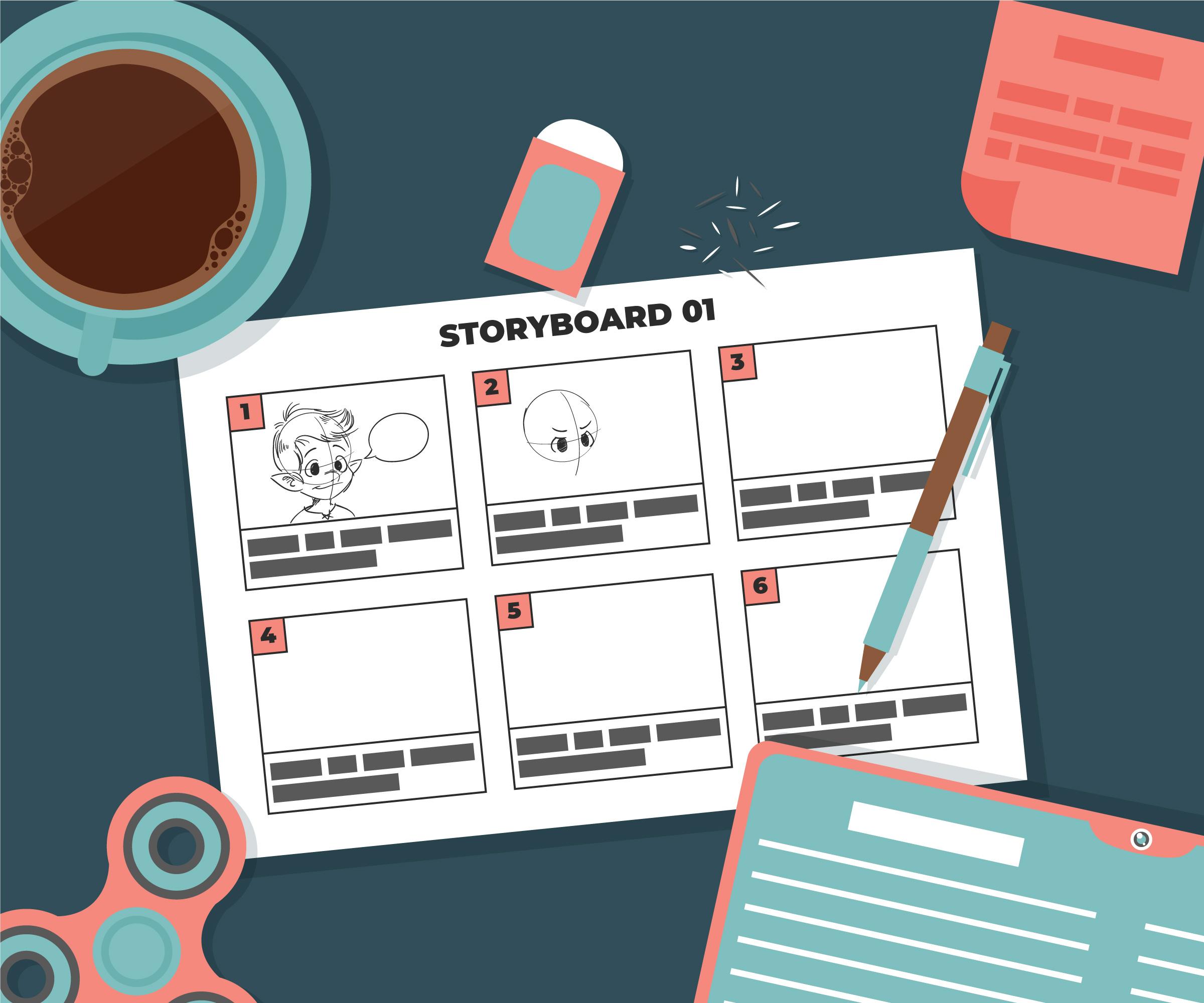
The Benefits of Creating a Visual Schedule for Your Neurodiverse Child
A Friendly Guide to Helping Your Child Thrive
As parents, we always strive to provide the best support for our children, especially when they have unique needs. For neurodiverse children, such as those with autism or ADHD, creating a visual schedule can be an invaluable tool. Here’s why and how you can make one to help your child navigate their day with confidence and ease.
Why a Visual Schedule?
Visual schedules are incredibly beneficial for neurodiverse children because they:
- Provide Structure: A visual schedule offers a clear outline of the day’s activities, helping your child understand what to expect and reducing anxiety. By knowing what comes next, children can feel more secure and less overwhelmed by transitions.
- Enhance Communication: For children who struggle with verbal communication, visual cues can bridge the gap, making it easier for them to understand and follow instructions. It can also help in expressing their needs and feelings more effectively.
- Improve Independence: By having a visual guide, your child can learn to complete tasks on their own, boosting their confidence and self-reliance. This promotes a sense of achievement and encourages them to take initiative in daily routines.
- Reduce Behavioral Issues: Knowing what’s coming next can prevent frustration and meltdowns, leading to a calmer and more harmonious environment. It helps in managing expectations and reducing uncertainties that might cause stress.
How to Create a Visual Schedule
Creating a visual schedule is simple and can be tailored to fit your child’s specific needs. Here are some steps to get you started:
- Identify Key Activities: List the main activities that occur throughout your child’s day, such as waking up, eating meals, playtime, and bedtime. Include regular routines as well as special events to provide a comprehensive overview.
- Choose Visuals: Use pictures, icons, or photographs that your child can easily recognize. You can draw them yourself or print them from online resources. Ensure the visuals are clear and engaging to capture your child’s interest.
- Arrange in Order: Place the visuals in chronological order on a board, chart, or digital device. Make sure it’s easily accessible for your child. Consider using Velcro or magnets to make it interactive and adjustable as needed.
- Involve Your Child: Encourage your child to participate in creating the schedule. This can make them more excited about using it and help them understand it better. Let them choose some of the visuals and explain the importance of each activity.
- Be Consistent: Use the schedule daily and make adjustments as needed. Consistency is key to helping your child adapt and feel secure. Review the schedule together at the start and end of the day to reinforce routines.
Helpful Resources
To make things even easier, here are some websites that offer free templates for visual schedules:
- Autism Speaks – Visual Schedule Templates: A comprehensive collection of printable visual schedules and tools designed specifically for children with autism.
https://www.autismspeaks.org/tool-kit/atnair-p-visual-supports-and-autism - Do2Learn – Printable Visual Schedules: Offers a variety of visual schedule cards and organisational tools to support children with special needs.
https://do2learn.com/picturecards/VisualSchedules/index.htm - Twinkl – Free Visual Schedule Cards: Provides free visual schedule cards and other educational resources that can be customised to suit your child’s daily routine.
https://www.twinkl.co.uk/resource/us-c-259-visual-schedule-picture-cards
Creating a visual schedule for your neurodiverse child can be a wonderful way to support their growth and development. By providing structure, enhancing communication, and fostering independence, you’ll help your child thrive in their daily activities. Happy scheduling!



